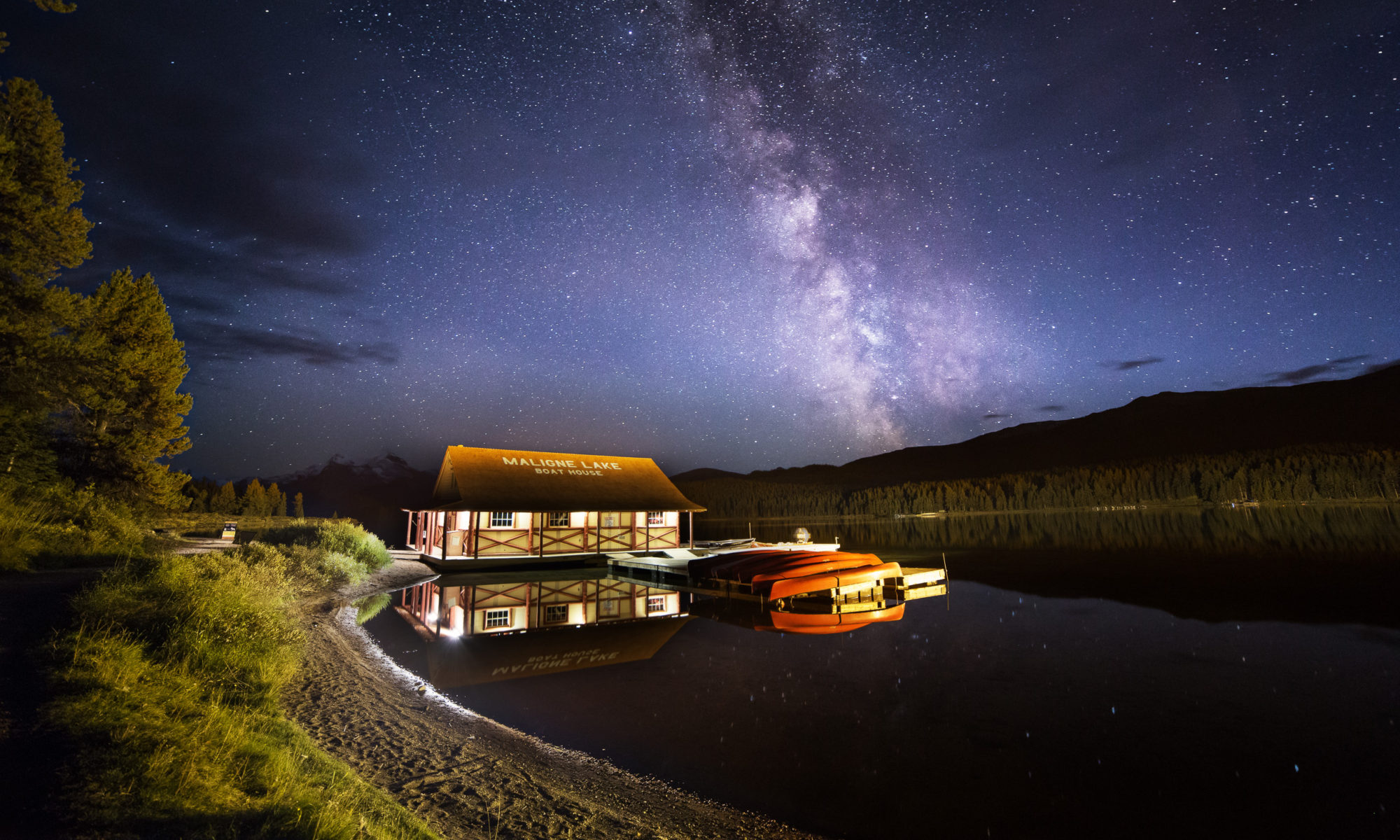A time lapse Video of the Canadian Rockies Night Skies
First off, just like to bring up some tech specs hope you can understand the challenge when dealing with nightscapes photography / time lapse.
This video were shot using a Canon 6D (Full Frame) and a Canon 7D (Crop Sensor) which are different with their sensor size resulting with more noise introducing when shot with the crop sensor 7D in compare with the Full Frame 6D camera. So as you might found some of the shots have more noise compare to others.
Capturing the night sky have been my passion for a long time. I did set a goal to capture the night skies in one trip back in 2014 where I did my first nightscapes time lapse video – Into The Night
After that project, I found it wasn’t a wise idea to try capture so much night time lapse in a single trip. So over the last few years. I’ve just been shooting and collecting more and more time lapse video. And I think it is time for some post-production and out them out online. As the title already mentioned, this video was shot in the Canadian Rockies with different locations in Banff National Park and Jasper National Park. And since I am not local to Banff or Jasper. And it took me about 9-10 hours to drive to the Canadian Rockies. I can only capture a limited amount of time lapse video on each trip and this is the results from the last 4 years.
I was always asked with a few common questions when showing a nightscapes time lapse to people and I would like to answer a few here:
Q: Are those shooting stars in the sky?
A: No, they are mostly airplane. A shooting star will only last a max. of 1 – 2 seconds. So it will only happen in one single frame in the video and you will only be able to see it flash once in the video. And will not be seeing it move across the screen!
Q: Are those flashes from lightening?
A: No, they are mostly lights from different sources. The most common one is head lights from other cars that passes by, it can be headlamps from other photographers! Actually, this is becoming something very hard to avoid these days… And in this video, there are lights from trains that pass by. And it can also be a headlamp or tail lights of a car when you see red lights!
Q: What are those green lights in the sky? Are they Aurora Borealis (Northern Lights)?
A: I was lucky enough to have one night of Aurora Borealis back in August 2019. And I was a little too late to start that capture… it is the video at 00:29 sec
Q: Why are some of the stars getting bigger and smaller over time?
A: There are a few stages of darkness when passing through a single night. And it will have a different results on it as some of the stars are much brighter than others. And You can see them better when the night is getting darker over time. This could be one of the reason causing it. Another factor could be the mist in the air are getting thicker and it gave a small halo around the brighter stars that make it looks bigger.
Q: What type of camera, lens, equipment do you need to capture such night scenery?
A: As mentioned, this video was captured using both a crop sensor Canon 7D and a full frame 6D camera. And with lens, I used many different lens to capture these time lapse including a 12mm f2.8, 14mm f2.8, 16mm f2.0, 20mm f1.4, and a 50mm f1.4 lens mixing with the 1.6x crop factor with the 7D. Tripod and remote shutter is a MUST!!
